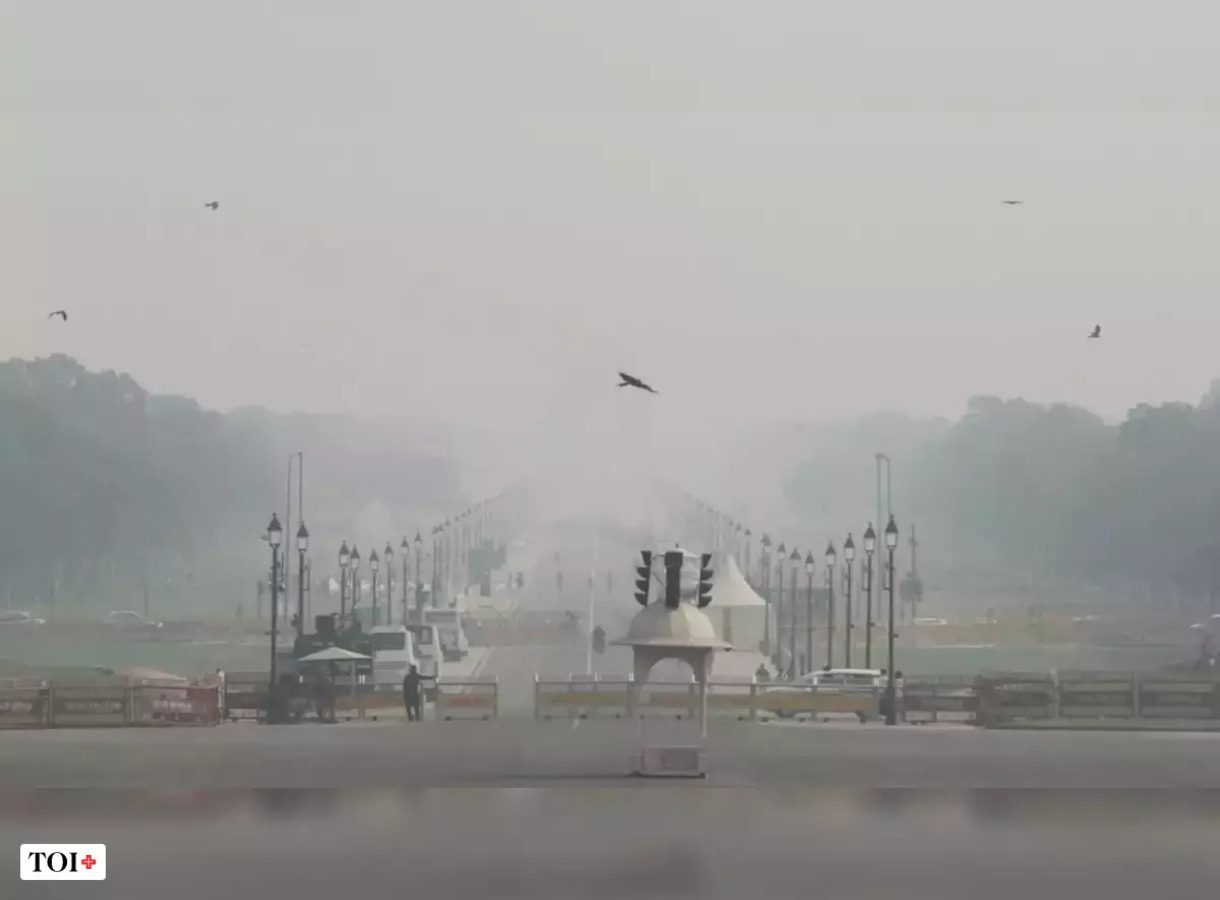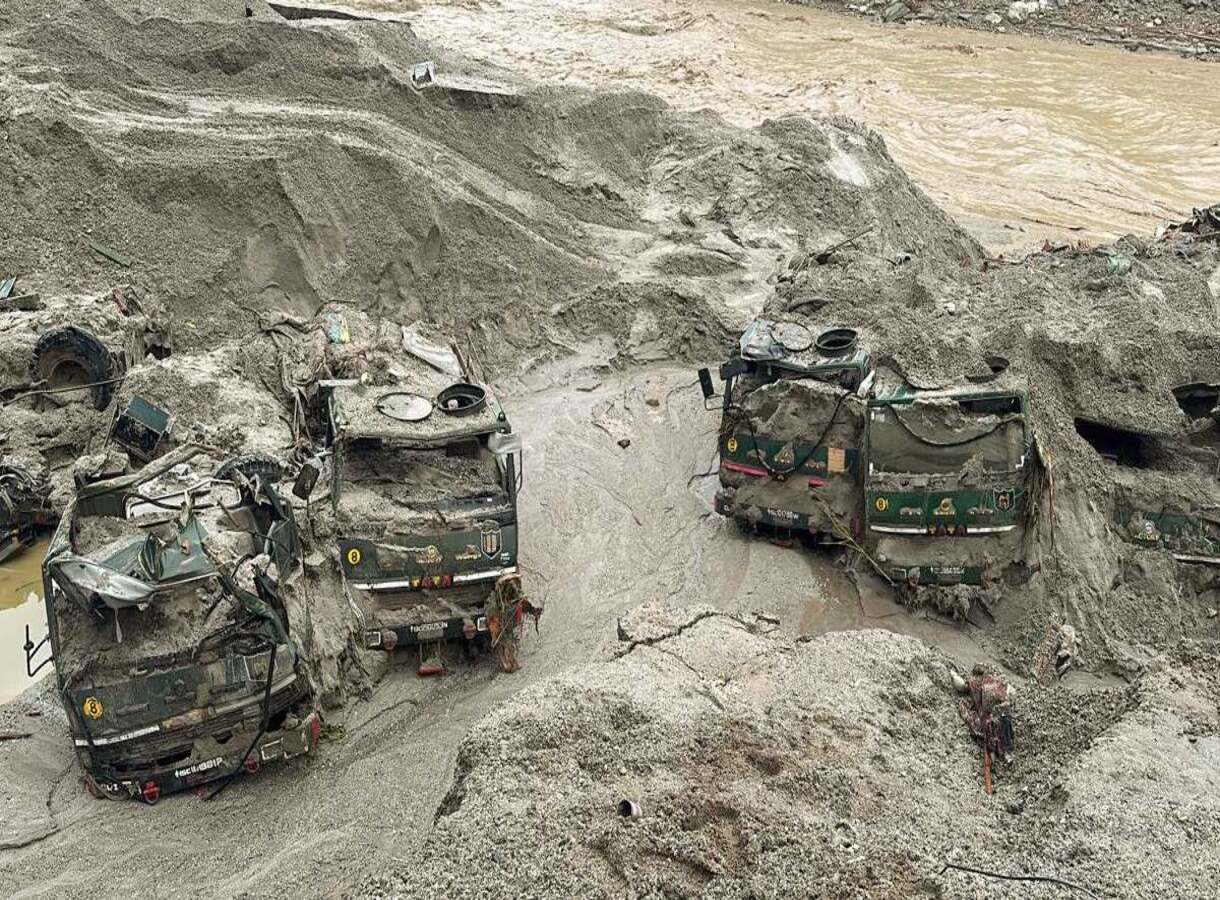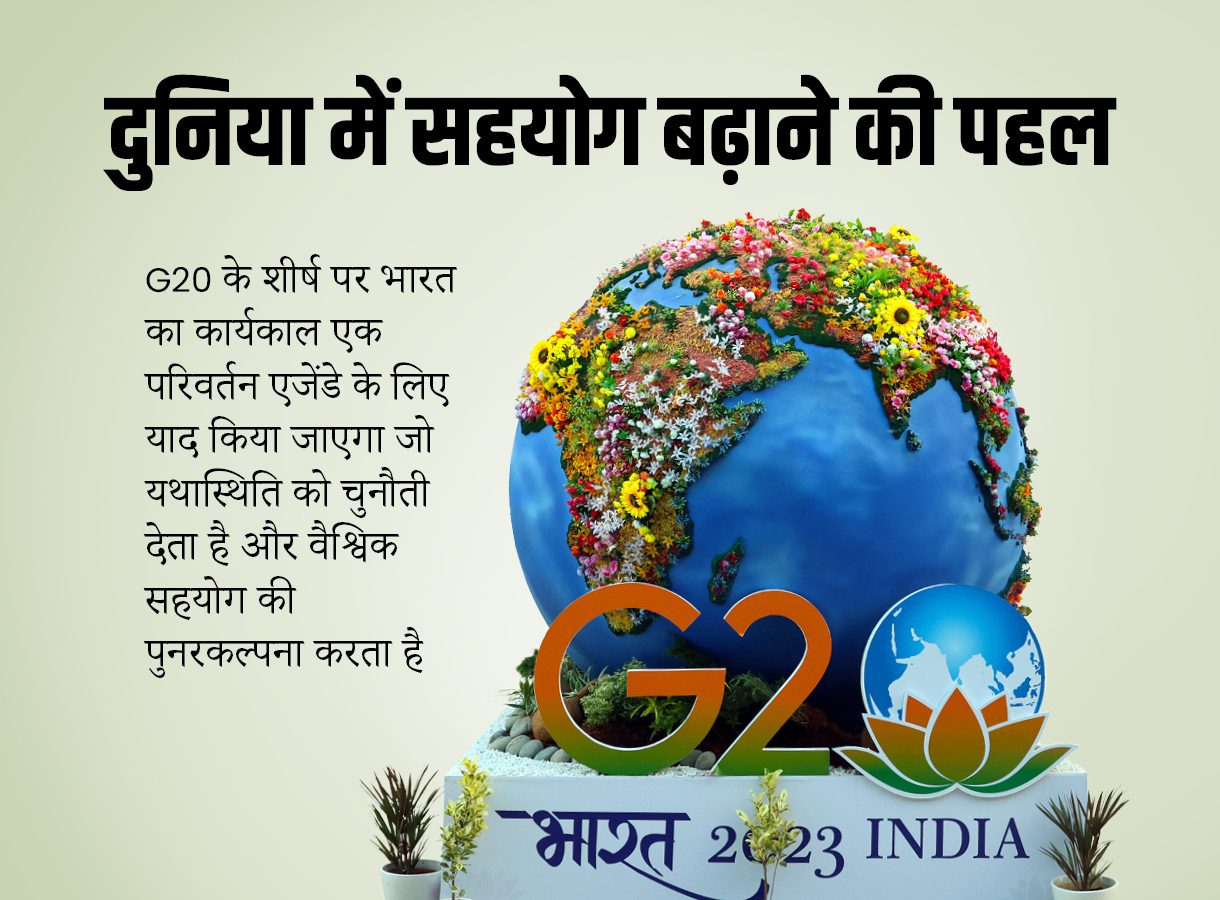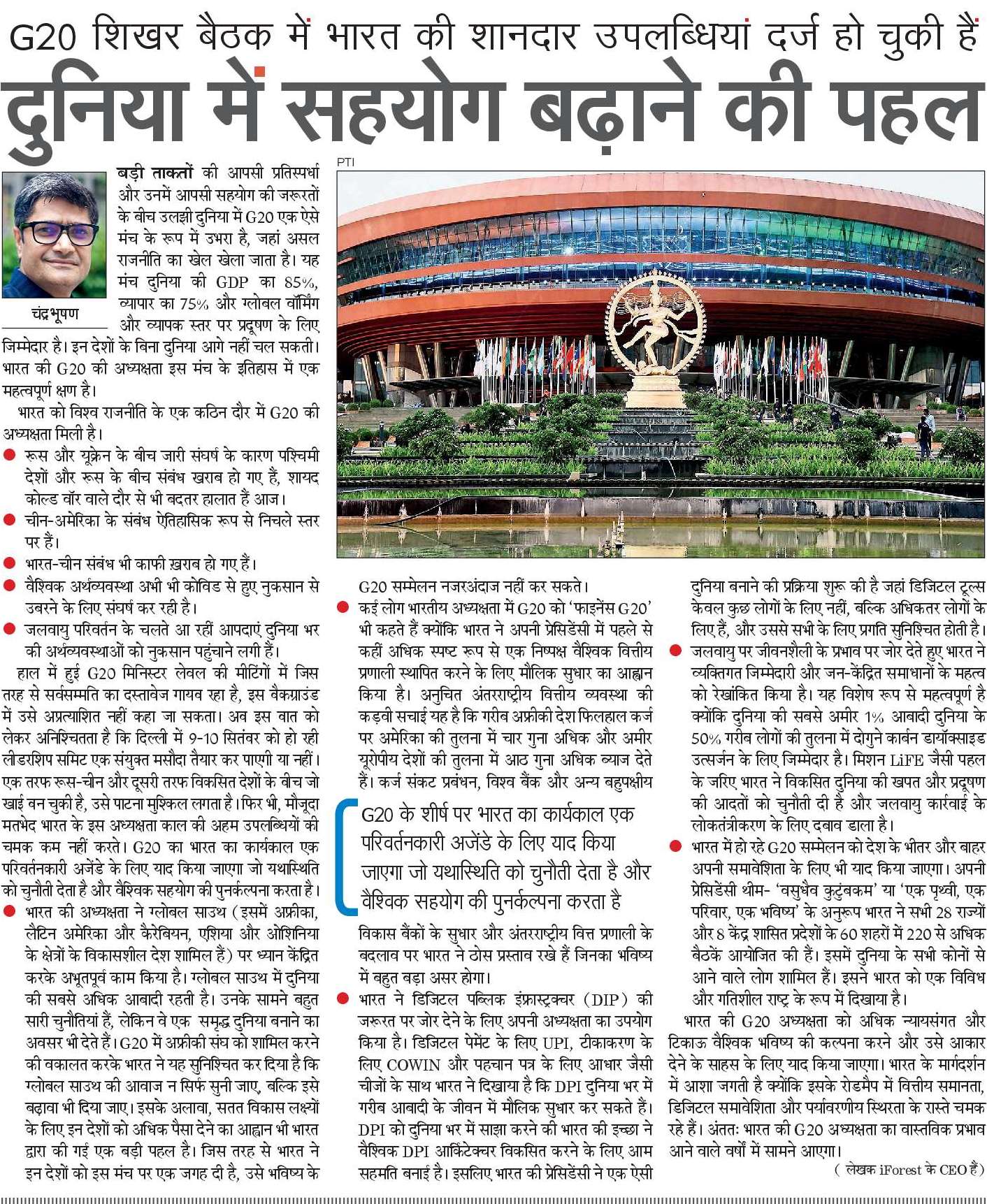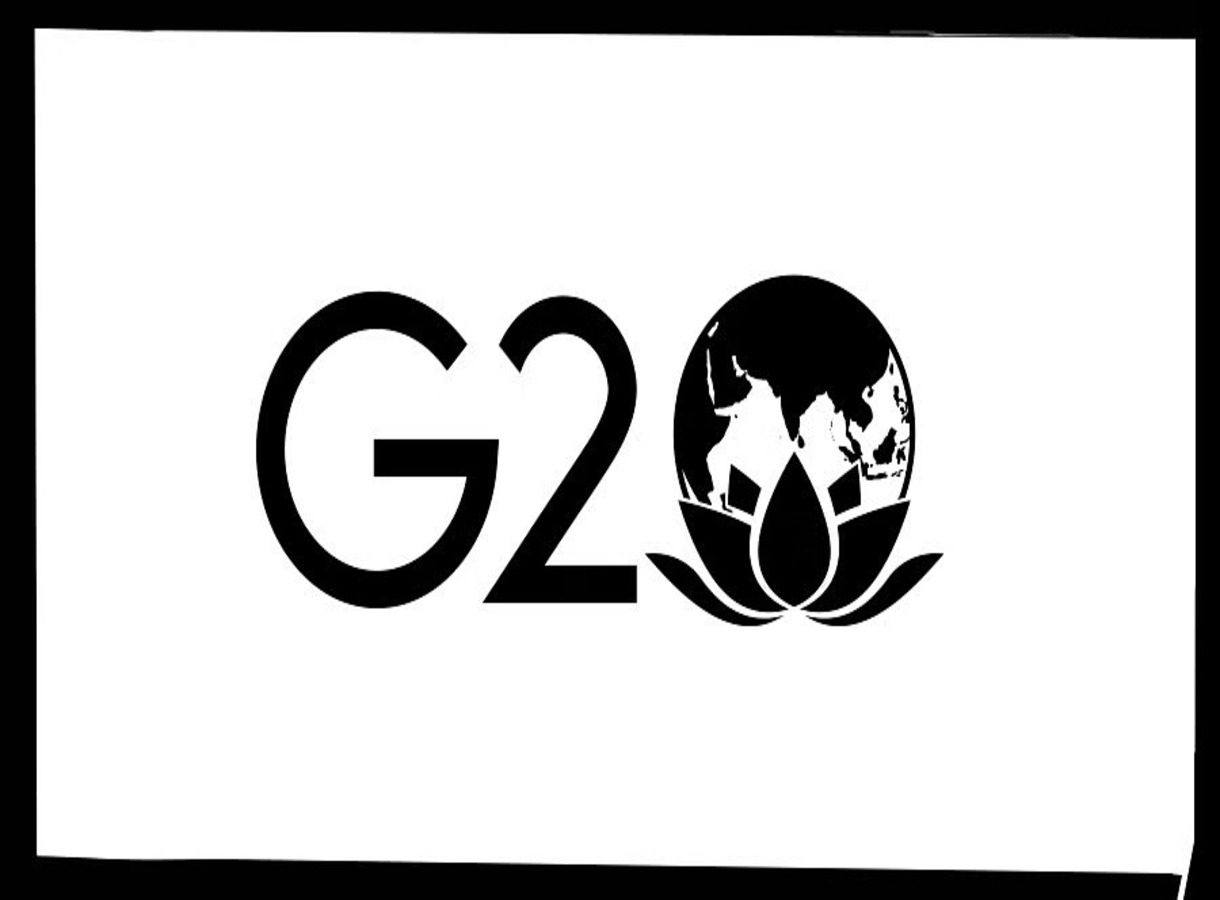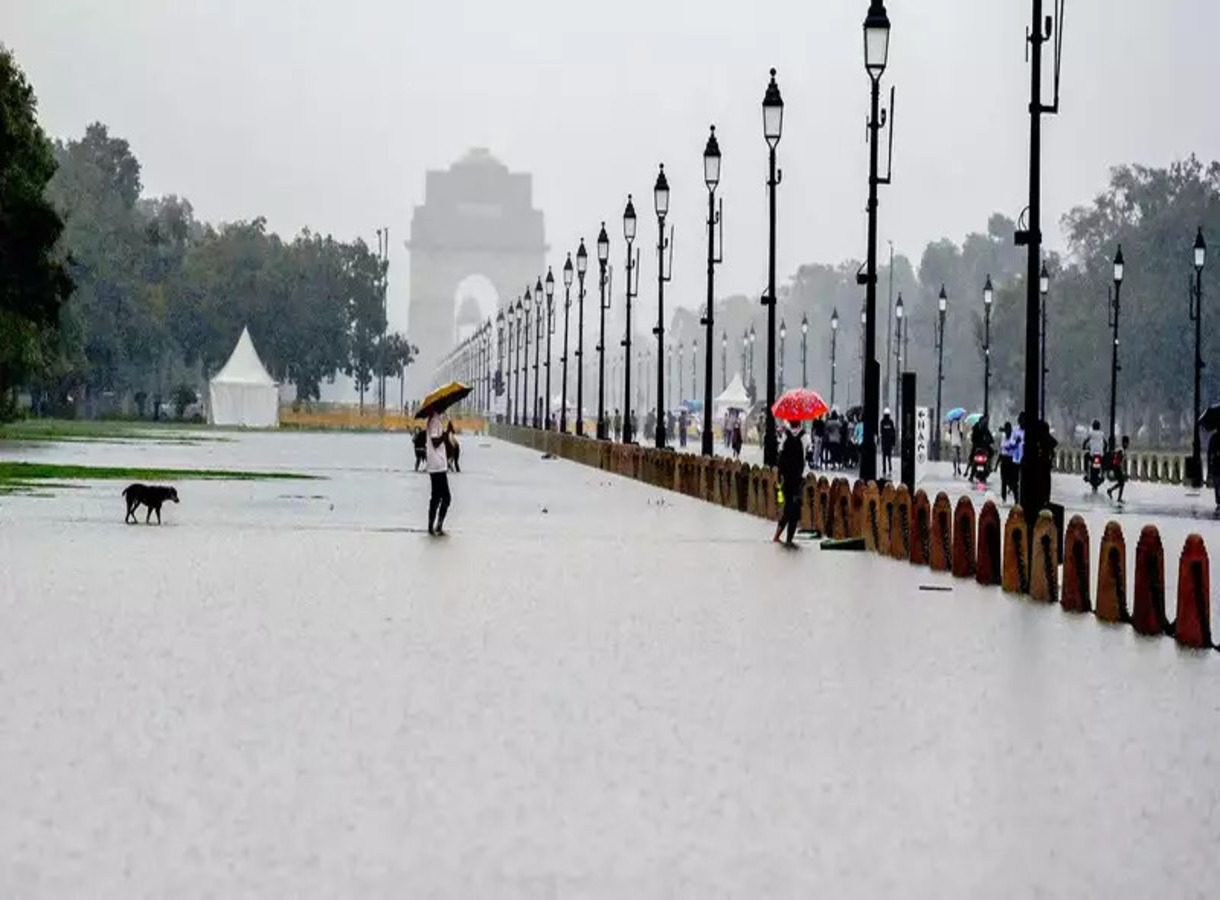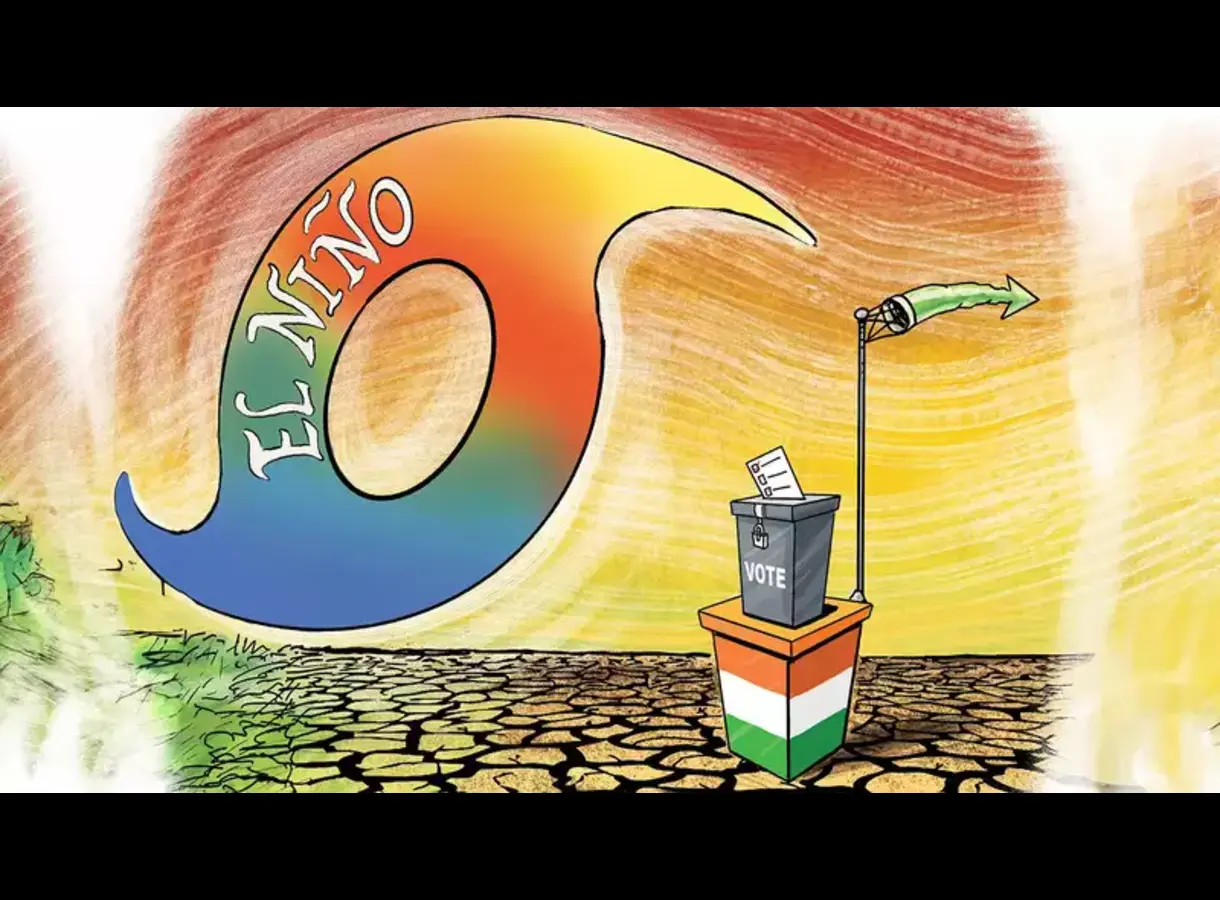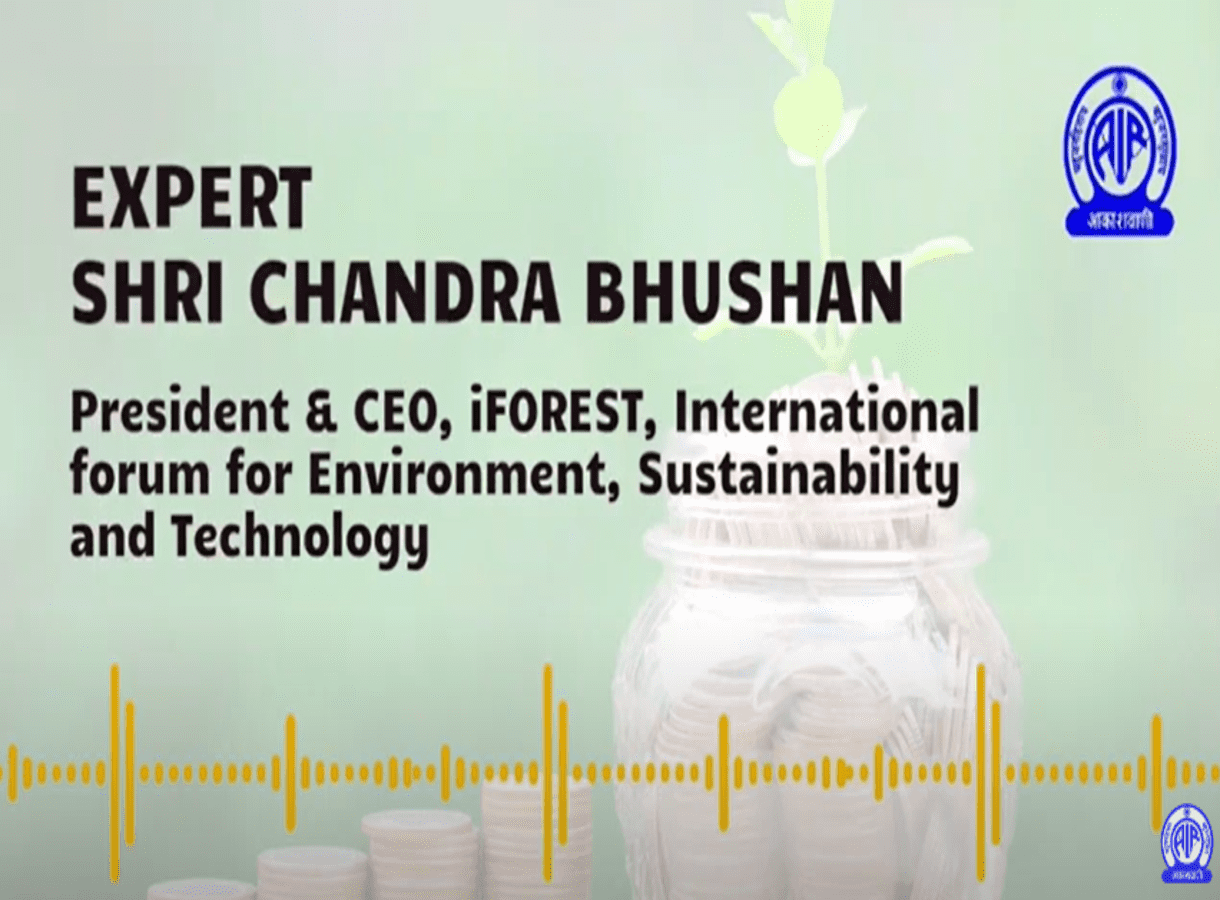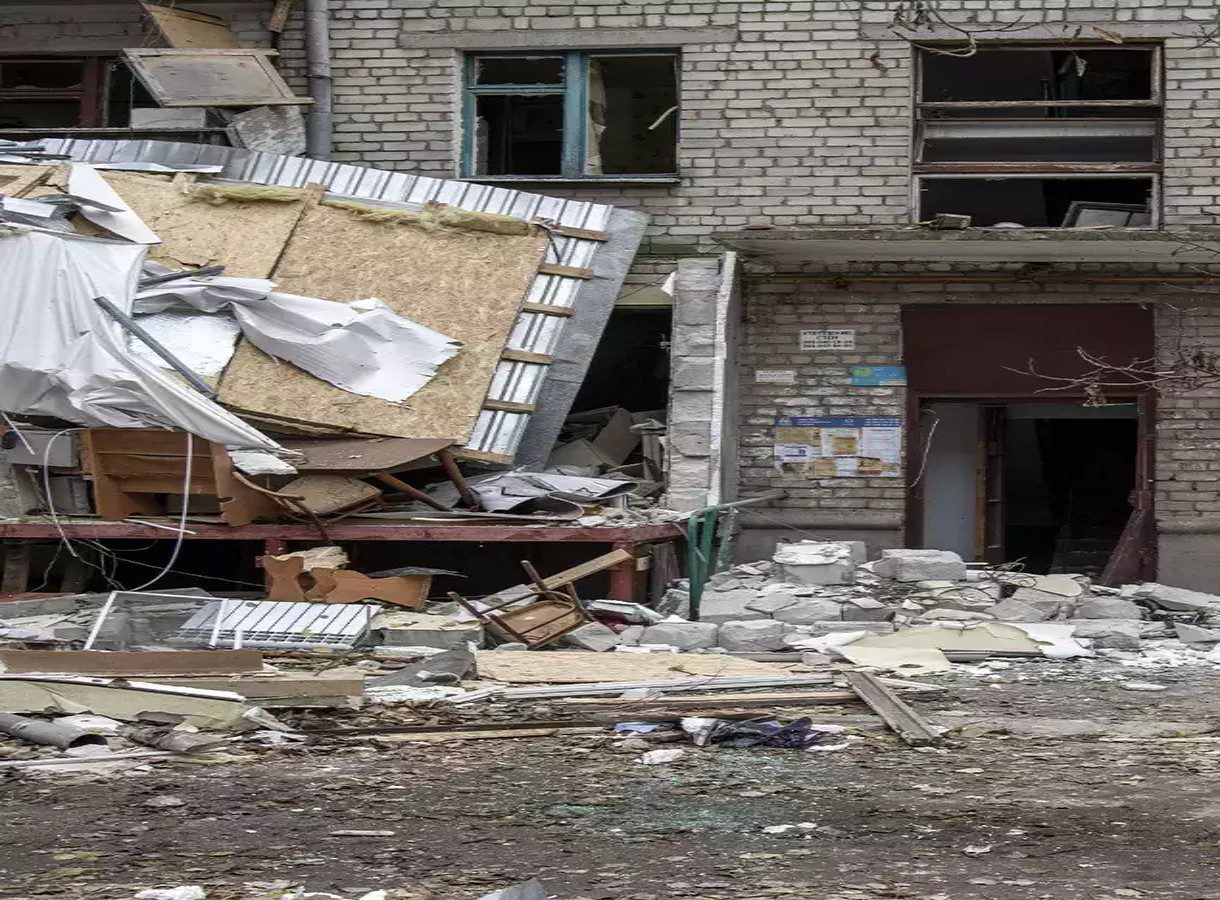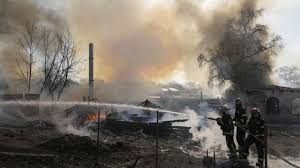Article The transformative potential of decarbonisation is that it can meet socio-economic goals better than current development pathways.
The Paris Agreement that India signed alongside 195 other countries in 2015 came into effect on 4 November 2016. Article 4.1 of the Paris Agreement refers to the goal of achieving ‘Net Zero’ through a “balance between anthropogenic emissions by sources and removals by sinks of greenhouse gases in the second half of this century, on the basis of equity, and in the context of sustainable development and efforts to eradicate poverty”.
To fulfil the obligations under the Paris Agreement, in November 2021, at the 26th Conference of Parties (COP26) in Glasgow, Prime Minister Narendra Modi pledged that India would reach net zero emissions by 2070 and meet 50 per cent of its electricity requirements from renewable sources by the year 2030. In the words of Dr Fatih Birol, Executive Director of the International Energy Agency, “India is pioneering a new model of economic development that could avoid the carbon-intensive approaches that many countries have pursued in the past – and provide a blueprint for other developing economies”. Clearly, in the eyes of the world, India is in a position where it can act as a leader in climate action and pave the way for that development that follows an alternative model to that of the industrialised western countries and China. We can demonstrate that the process of economic growth need not come at the cost of our environment or indeed the health of our citizens.
To safeguard the well-being of humanity, Article 2 of the Paris Agreement refers to two temperature thresholds. While the globe cannot, under any circumstances, cross 2 degrees Celsius (C) of warming, the Agreement binds countries to attempt as far as possible to stay within 1.5C. The Intergovernmental Panel on Climate Change (IPCC) has made it clear what staying within 1.5C would entail. Global carbon emissions have to drop drastically – from their current level of 36 gigatons each year, to zero or near-zero by the middle of this century (i.e. around the year 2050). The IPCC makes it clear that this target is achievable through a combination of reducing fossil fuel use and increasing the speed of carbon removal from the atmosphere. More importantly, it also makes clear that the consequences of crossing 1.5C will result in unbearable impacts on humans and nature.
The cost of not achieving Net Zero
These impacts are not things that will only occur far in the future as conditions that our grandchildren and their children will experience; they are already manifesting. India has warmed by around 0.7C since 1900. This is not evenly distributed – some cities like Kolkata have seen 4.5C of average temperature rise due to a combination of urban heat island effects and changes in the amount of vegetation in and around the city. The Himalayas, which are a highly vulnerable landscape that provides incalculable ecosystem services such as delivering melt water to perennial rivers and ensuring that rain-bearing winds from the Arabian Sea and Indian Ocean reach a condensation point before crossing over to China, underwent maximum warming of 2.5C from 1950 to 1999 and could experience a maximum temperature rise of 9C by 2100. This would be accompanied by decades of catastrophic flooding in the Gangetic region and eventually water scarcity in the entire northern half of India. Indian Ocean cyclones are increasing in volume and intensity, while the historically calm Arabian Sea has started producing cyclones more frequently than before, as citizens in Mumbai and the rest of the Western Coast of India can attest to.
The impact of the warming on the economy and livelihoods is equally alarming. By one estimate, if global warming crosses 2C, India’s GDP will be 3 per cent lower in 2100 than it would have been otherwise. If it crosses 4C, India will lose around 13 per cent of GDP. However, these estimates are limited to the loss in labour productivity. Global warming also causes and exacerbates extreme weather events such as cyclones and heatwaves. Between 1998 and 2007, India lost $20 billion to climate change impacts. Those losses more than doubled over the next decade – we lost $45 billion between 2007-2017, with the agriculture sector being the worst hit.
If the cost of these weather extremes is included, India’s GDP is already 25 per cent lower than it could have been, and it could lose up to 90 per cent by the end of the century. By 2050, climate-caused economic loss to India could total $6 trillion, according to a Deloitte report in 2021. A separate estimate for ‘slow-onset’ losses such as coastal erosion and flooding indicates that India could lose $4 trillion to flooding through the rest of this century, with an additional 28.6 million people exposed to flood risk across six Indian port cities – Chennai, Kochi, Kolkata, Mumbai, Surat and Visakhapatnam. Finally, climate will also impact jobs. It is estimated that India could account for about 34 million of the projected 80 million global job losses from heat stress by 2030. The Reserve Bank of India’s latest report suggests that up to 4.5 per cent of India’s GDP could be at risk by 2030 owing to lost labour hours from extreme heat and humidity. These trends suggest terrifying implications if they are allowed to continue.
If the cost of these weather extremes is included, India’s GDP is already 25 per cent lower than it could have been, and it could lose up to 90 per cent by the end of the century. By 2050, climate-caused economic loss to India could total $6 trillion, according to a Deloitte report in 2021. A separate estimate for ‘slow-onset’ losses such as coastal erosion and flooding indicates that India could lose $4 trillion to flooding through the rest of this century, with an additional 28.6 million people exposed to flood risk across six Indian port cities – Chennai, Kochi, Kolkata, Mumbai, Surat and Visakhapatnam. Finally, climate will also impact jobs. It is estimated that India could account for about 34 million of the projected 80 million global job losses from heat stress by 2030. The Reserve Bank of India’s latest report suggests that up to 4.5 per cent of India’s GDP could be at risk by 2030 owing to lost labour hours from extreme heat and humidity. These trends suggest terrifying implications if they are allowed to continue.
Technology is available and growth will be exponential
Despite this urgency, the misconception persists that Net Zero is unrealistic. Some energy historians point out that neither coal, oil nor natural gas managed to cross more than 50 per cent of energy market share in their first 60 years, and conclude that renewable energy cannot dominate the market within 30 years. These historians ignore the historical and present nature of energy markets, the speed of technological development and the already-emerging future trajectory of energy markets that promise to be cleaner.
The past two decades have seen a revolution in renewable energy technologies – solar costs have fallen 90 per cent over the past decade. Building new solar power in India is now cheaper than building a new coal plant, and is quickly becoming cheaper than running existing coal plants. While renewable energy needs electricity storage to be as reliable as coal power, Moody’s projects that wind and solar, including storage cost, will be competitive with coal in India in 2025.
This itself is driven by the battery/ storage revolution coming to India, which could drop costs by 60 per cent in the next decade. This is a continuation of the global trend, which has seen Li-ion batteries become 97 per cent cheaper since 1991, with further room to drop. In addition to making electricity generation cheaper, the battery revolution would drop the cost of electric transportation in India – in about five years, electric vehicles (EVs) are estimated to account for 15 per cent of India’s scooter market, with the share doubling in about 10 years. The savings on fuel imports for transportation will be immense – USD 2.5 trillion by 2047 if the government’s (admittedly ambitious) targets are met. Investment in the battery producing capacity of the Indian industry can further generate huge income for the country.
Likewise, green hydrogen, the key to decarbonising heavy industries, is at a tipping point. Like EVs, electrolysis of water to produce hydrogen in areas without access to cheap electricity has been in practice since the 1950s. In fact, one of India’s first urea plants – the Fertiliser Corporation of India’s Nangal plant – employed electrolysis to produce hydrogen until it switched to hydrocarbons in the 1970s due to shortages of power in the Bhakra grid. But with cheaper renewable energy, green hydrogen is now a reality.
Crucial to remember is that even if India lacks certain technologies, for instance that used in creating commercially viable sodium ion batteries (SIBs), the Paris Agreement can be leveraged for technology transfer, and countries have started to cooperate on technology development.
Transition is possible and desirable in India
If we already have the technology, why are we not decarbonising yet? In a broad sense, we are. Current renewables capacity addition globally is way above the International Energy Agency’s predictions from even five years ago, a trend clearly visible in India. For instance, renewables accounted for 4 per cent of new capacity addition in India in 2001; between 1 April 2020 and 31 March 2023, they accounted for over 82 per cent.
Likewise, India has embarked on ambitious missions to competitively produce EVs, batteries, photovoltaic cells and hydrogen fuel. We are at the beginning of a revolution comparable to computers and the internet in the 1970s and 1980s, or smartphone ownership in the 2000s. The good news is that this transition is a win-win for India in terms of growth and jobs.
The other side of the question with respect to decarbonisation is what to do with existing energy generators that are major sources of carbon emissions, i.e., coal power plants. A coal plant’s operational life is 30-35 years. The Central Electricity Authority’s Tariff Regulations actually specify the ‘useful life’ of a coal plant is 25 years. If we adhere to this specification, a coal power plant built in India today should – on a purely technical/ technological basis – be retired by 2050 at the latest. But in practice, the lives of these plants are extended and regulators approve tariffs for older plants at their discretion – a discretion that has expanded to become a standard practice. To keep a plant going beyond 30 years, it needs significant repairs and upgrades, which are effectively a new capital investment at ratepayer cost. Beyond the useful life, coal power plants’ cost of operation exceeds the value they generate. Considering that the cost effectiveness of installing around-the-clock renewables is already competing with that of new coal plants, investments in new coal plants could rapidly become ‘non-performing assets’ (NPAs). A recent study has estimated that even in the existing coal fleet, the non-performing (‘stranded’) assets could be up to $40 billion.
No wonder the government recently put future coal expansion on an indefinite pause. It has already covered half the distance towards the inevitable – a deadline to shut down all coal power in India. But the challenge is a just transition – a transition that will compensate and strengthen workers and communities whose livelihoods depend on coal, oil and gas.
In sum, there are technologies that are ready to deploy right now, for which the barrier is neither technical nor cost, but policy priorities. But these policy challenges are a cause for action, not panic. No one expects us to reach Net Zero tomorrow. But the right policies need to be implemented now so that they can take full effect over 30 years.
Co-benefits are high
If we see decarbonisation as a technology-and-policy question, it requires decisions about the allocation of costs and benefits. The fossil fuel economy has delivered many benefits, including national development. Decarbonisation will bring some costs, especially for those who are dependent on fossil fuels for jobs and growth and those currently able to access cheap energy. But there has been evidence for a while that this development is not well distributed and directed.
For instance, the externalities of fossil fuel energy are disproportionately borne by the most vulnerable. Communities around coal mines and power plants are exposed to horrifying levels of air pollution, which in turn cause lung and heart disease. Cement and steel manufacturing similarly combine broad development benefits with high health impacts on workers and nearby communities. More Indians own cars today than 50 years ago, but our city air has become unbreathable. A recent Lancet-published study puts a shocking number on “premature deaths and morbidity attributable to air pollution” – US$ 36.8 billion in economic losses to India (or 1.4 per cent of GDP) in 2019 alone.
When people emphasise the cost of transition, they are missing the benefits – to health, energy access, employment, and domestic industry. This is true of those who believe development is fine as it is, as well as those who argue that development is a bad word. The transformative potential of decarbonisation is that it can meet socio-economic goals better than current development pathways. Similar to fossil fuel growth, the investment has to be made upfront, but unlike with fuel-based energy, with renewables, it is the benefits that will accumulate over decades rather than costs and detriments.
Conclusion
If we act on these realities, India can move beyond asking for a few million in climate finance and unlock trillions of dollars in investments. The IMF indicates $3 trillion in climate investment opportunities in India through 2030. Deloitte considers that the right policies can turn India’s projected $6 trillion loss from climate change into a $11 trillion return on climate investments, including by exporting decarbonisation to the developing world. Benefits from investment into climate-allied industries, such as those that produce EVs, batteries, solar panels and hydrogen, could push returns on investment even beyond Deloitte’s predictions.
Implicit in these estimates is that India moves decisively on climate change in every sector of the economy. In the following articles in this series, we shall outline sector-specific roadmaps to achieve carbon neutrality or net zero emissions.
